INTRODUCTION
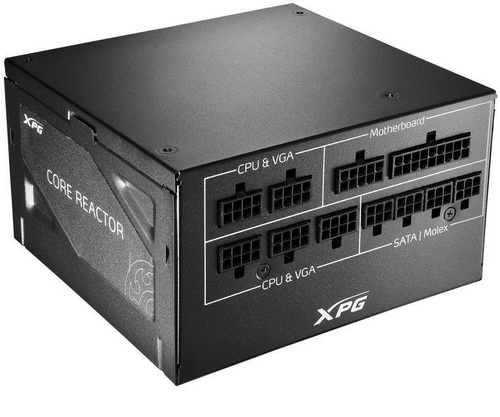
Last month an old friend brought his PC over because it simply stopped working for no apparent reason, or so at least that's what he told me. In the end however it turns out that particular system was turned on 24/7 for a period of just over 3 months, most of the time doing nothing really (idling). Now a number of things could be the reason for this but since that system is relatively new (2020) i was going to prioritize checking some hardware components before others. I say i was because it took me less than 5 minutes to find out what was wrong which in this case was no other than a cheap no-name power supply unit (and by cheap i mean USD40/50Euros cheap). That's not to say that it couldn't had been anything else (could had just as easily been the motherboard, SSD or RAM) but it was the power supply and even though i doubt many people have their PC's running 24/7 for 3+ months using a quality PSU is always a good idea. The Core Reactor 750W by XPG has gained numerous awards since its introduction in the market in 2020 and today that's exactly what i have on my test bench.
XPG (XTREME PERFORMANCE GEAR) was established by ADATA to provide high-performance products to gamers, Esports pros, and tech enthusiasts. We are committed to developing products that deliver extreme performance and therefore work closely with the gaming and esports community to gain insight into the real needs of users. We provide a full range of products from systems, components, peripherals to devices, and create them with the highest standards of stability, reliability, and performance in mind. We also develop products with sheer cool designs that have earned us several prestigious international awards, such as iF Design and Good Design. Beyond products, we play an active role in sponsoring and supporting esports events and teams globally to realize extreme gaming experiences at the highest levels.
The Core Reactor series by XPG is currently available in 650/750/850W outputs all of which feature fully modular designs (future-proof since you can always swap cables if needed) and the 80 Plus Gold certification (over 90% electrical efficiency). The Core Reactor series power supplies are all based on the up to date DC-DC design/topology and as for the 750W output variant which i have here with me today it also sports an rather strong +12V rail (62.5) capable of delivering 100% of the units total power output (750W) and a peak power output of no less than 888W. Of course, XPG has outfitted their Core Reactor PSU models with both sleeved and slim cables, 120mm fluid-dynamic bearing fan, long-lasting primary and secondary Japanese capacitors certified for use up to 105 degrees Celsius, intelligent fan mode and a full array of electrical protections including over-current (OCP), over-voltage (OVP), under-voltage (UVP), short-circuit (SCP), over-temperature (OTP), surge and in-rush (SIP), no load operation (NLO) and over-power (OPP). In terms of warranty XPG covers their entire Core Reactor line with a very generous 10-year limited one.
SPECIFICATIONS AND FEATURES

PACKAGING AND CONTENTS
A single product picture is located at the front of the box along with the company logo, the main product features and the 80 Plus Gold and 10 year warranty logos.
The front of the unit with its modular ports is showcased on the left side of the box.
Another product picture is placed at the base of the box right next to the main product features.
At the rear we find one more product picture along with the product specifications, fan curve graph, available connectors, two product drawings showcasing its size and the electrical table.
The unit is placed in a synthetic cover and sandwiched between two black foam spacers (the modular cables are inside their own storage pouch).
Along with the Core Reactor 750W and its power and modular cables inside the box we also find numerous XPG stickers, user manual and 4 mounting screws.
THE CORE REACTOR 750W EXTERIOR
Even though all secondary modular cables are slim ones the primary one (motherboard 24pin) is still a thick braided one.
The chassis of the Core Reactor 750W measures just 140mm in length, 150mm in width and 86mm in height.
A nice grill with the company logo at its center is placed just over the 120mm fan.
The company logo and the product line name are both placed on both sides of the enclosure.
Turning the enclosure over we find a large sticker with the electrical table.
All 11 modular cable connectors are separated into teams.
At the rear of the chassis, we see the usual honeycomb perforation, power port and the on/off switch.
THE CORE REACTOR 750W INTERIOR
The 120mm fan XPG has chosen to use is manufactured by Hong Hua Electronics and can reach speeds of up to 2200RPM to produce airflow levels of up to 73.9CFM with up to 32.4dBA of noise.
Judging by the OEM markings this is clearly an CWT (Channel Well Technologies) unit.
Primary capacitor is manufactured by Nippon Chemi-Con and is rated for use up to 105 degrees Celsius (420V/560uF).
Secondary capacitors are by Nippon Chemi-Con and Nichicon (also rated for use up to 105 degrees Celsius).
TEST BED
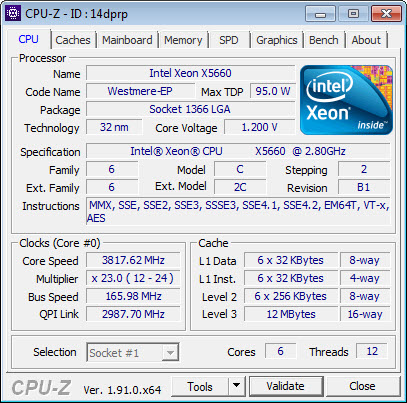

TESTING METHODOLOGY
Using a dedicated measurement instrument such as a Chroma or a SunMoon to test power supply units is without doubt the most ideal and accurate way (not to mention the fastest) to do that currently. However, it's certainly not the only way there is and so pretty much anyone can test a power supply unit just by using a test rig. Certainly, limitations do apply and so you can't really push a 1000W power supply to its limits if your system only uses 500W at peak loads and that's why over the years we saved certain hardware components for the purpose of building a dedicated PSU test rig. True it may not be as accurate as the above mentioned solutions but it comes really close and is in fact much closer to real world usage. So as always, we ran several games with maximum graphic options enabled at a resolution of 2560x1600 in order to stress every hardware component and increase the overall power demands of the system. The Passmark BurnIn Test was also used to overstress the components in an effort to provide the most accurate results possible. As a final test we also used the latest OCCT 4.4 software and its dedicated PSU testing suite since it can really bring a power supply to its knees after inside a few minutes.
Rail stability was checked/measured with the CPUID Hardware monitor and a Metex multimeter which also recorded the system load in idle and in load. As always try to remember that the power consumption numbers listed in the graph are the highest (Peak) ones recorded during the entire duration of the tests and not the average ones. Noise levels coming from the fan were recorded using the high precision HD600 ExTech Sound dBA Meter from the rear of the unit and at a range of no more than 5-10cm. Readings under load are recorded the exact moment we manually switch the fans of all graphics cards from full speed to almost zero, that way the fan of the power supply does not have enough time to slow its RPM and so by doing this we get very accurate noise level readings. Needless to say, in order to get 100% accurate readings, you need to have a noise isolated room for that exact purpose, something which is quite impossible unless you are working inside a real lab (some people use very small noise insulated boxes but due to their size both heat and noise exceed normal levels and so the results can't really be considered to be 100% accurate, nor realistic for that matter). Also do take into account that since all noise measurements take place from just 5-10cm away the final noise levels to reach your ears will be considerably less.
* After well over 10 years of testing PSUs the Intel Core i7-920 CPU of this rig failed and was replaced with a Xeon X5660 (also swapped the GA-X58A-UD7 for the G1. Assassin).
TEST RESULTS



CONCLUSION
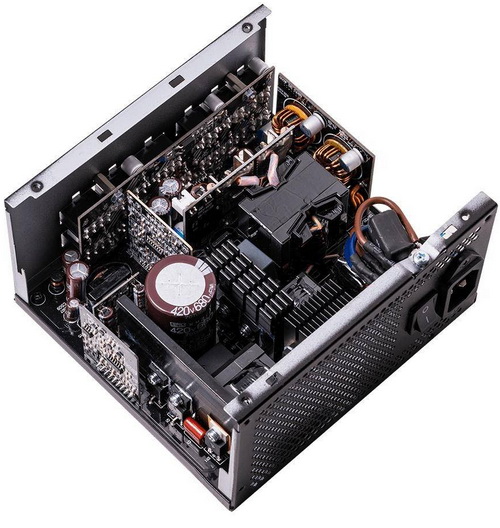
The Core Reactor power supplies by XPG may already count 2 years in the market but they offer very good rail stability, something that I’ve come to expect by CWT and their units. On top of that add the number of available protections, 80 Plus Gold efficiency certification, compact size and the 10-year limited warranty and the Core Reactor series deliver on pretty much everything gamers and PC users in general are looking for. Yes, output may be somewhat limited (850W is the highest variant) compared to many other power supply lines out there but 750-850W are clearly more than enough for the vast majority. Noise levels are relatively ok, not good or great cause the Hong Hua fan did almost hit 48dBA at load but overall, CWT has used a rather relaxed setting (always compared to other similar models).
Currently retailing for USD132.50 inside the USA (Amazon.com) and 118.48Euros inside the EU (Amazon.de) the Core Reactor 750W by XPG is priced just about right, always for what it offers. At the end of the day the Core Reactor 750W power supply unit by XPG may not sit at the top of the market but it does hit/deliver a very good price/performance ratio and for that it gets the Golden Award.

PROS
- Build Quality
- Very Good Rail Stability
- 80 Plus Gold Certified
- Fully Modular (Future Proof)
- Electrical Protections
- Compact Size (140x150x86mm)
- 10 Year Limited Warranty
CONS
- Noise Levels

 O-Sense
O-Sense





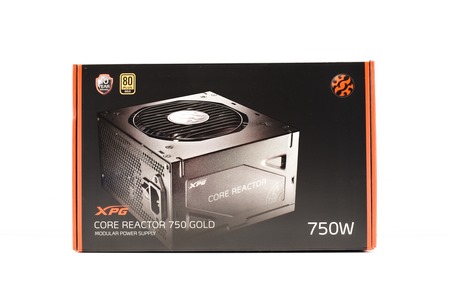
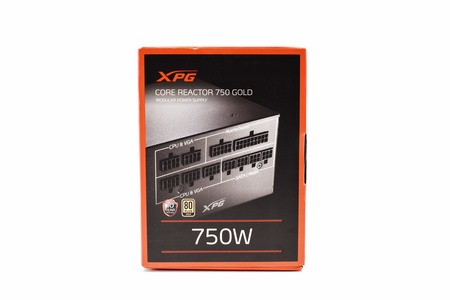
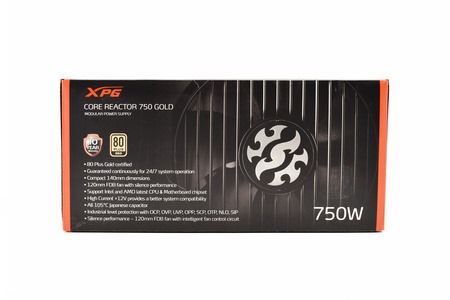
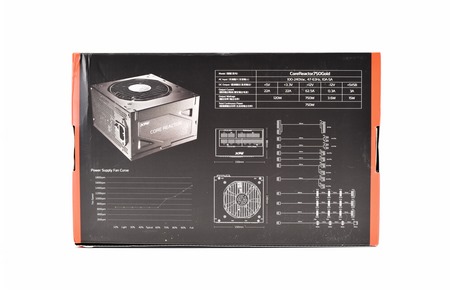
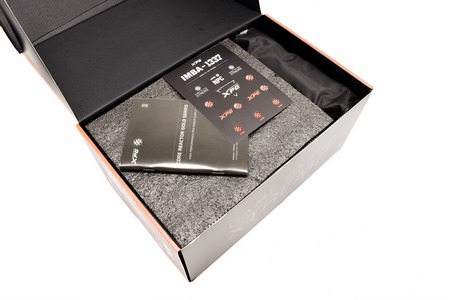
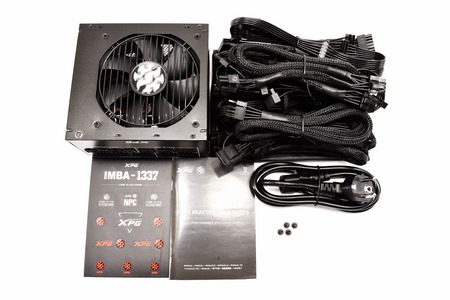
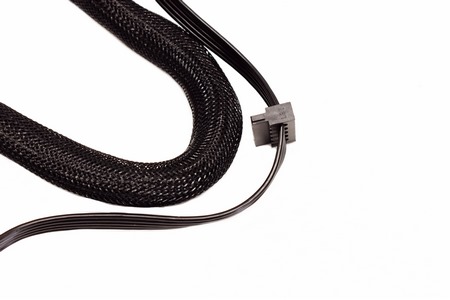
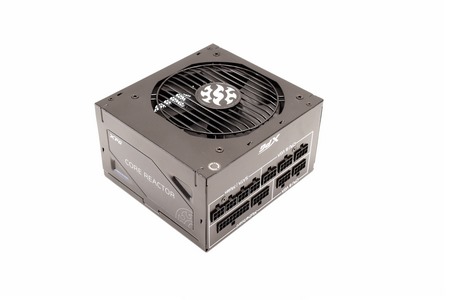
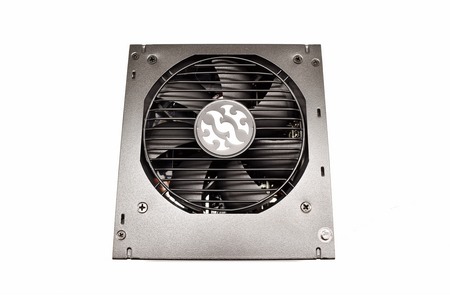
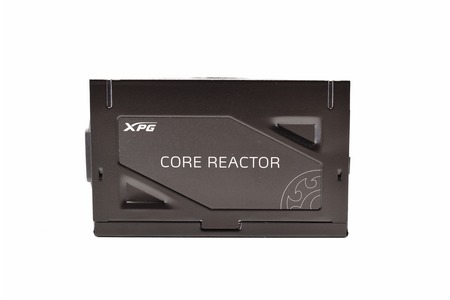
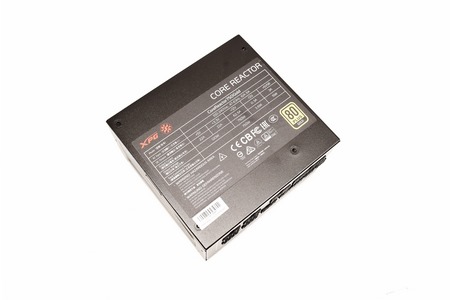
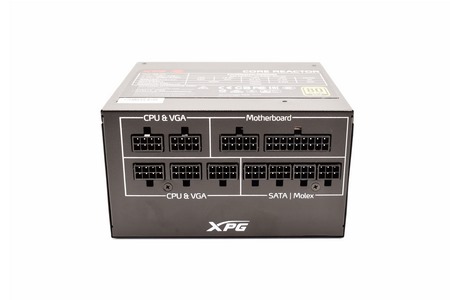
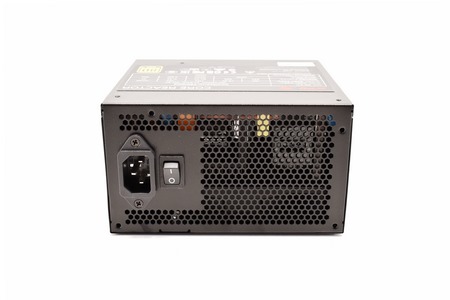
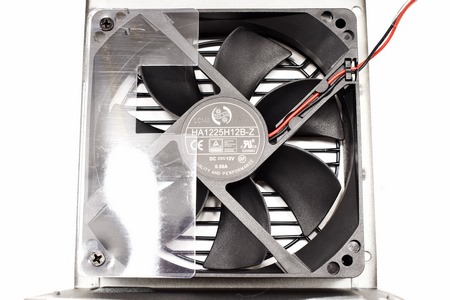
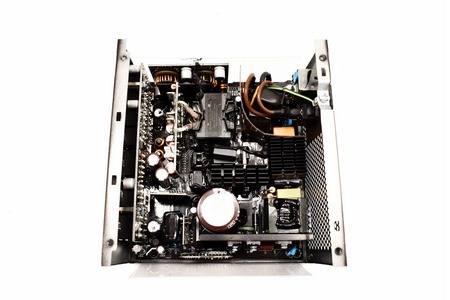
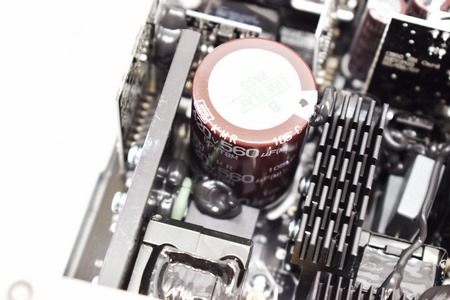
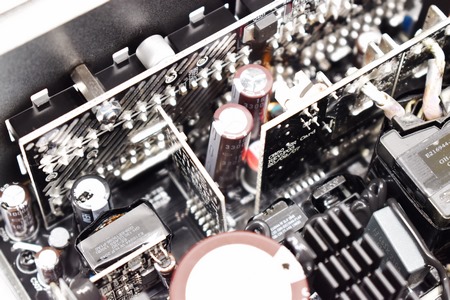
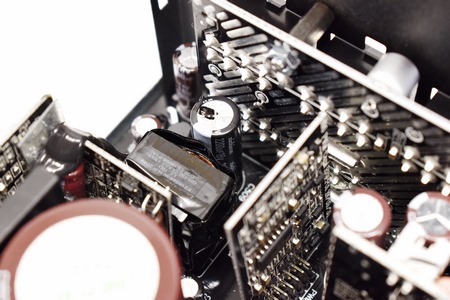


.png)

